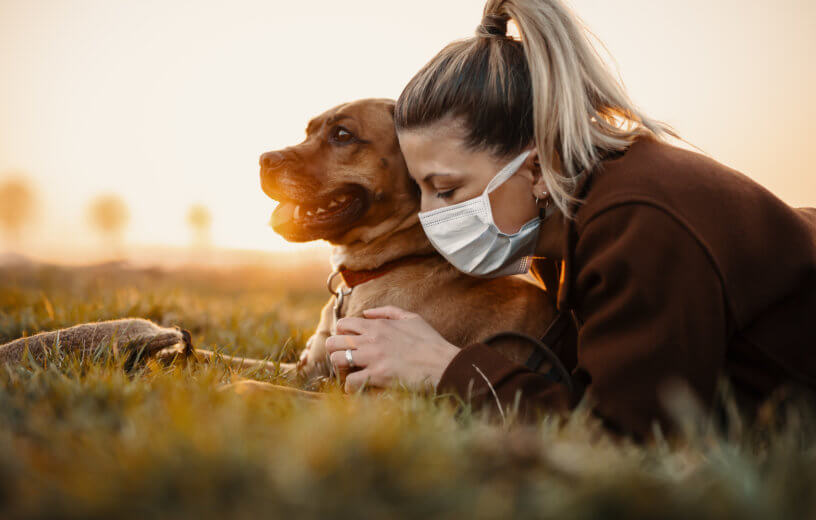Scientists say the research that claims dogs passed the coronavirus onto humans is ‘scientifically flawed.’
AURORA, Colo. — Rest easy, dog lovers. Our beloved canine companions aren’t responsible for the COVID-19 pandemic, new research shows.
A study from earlier this year claims the SARS-CoV-2 virus made the jump to humans via dogs. Now, a new collaborative project involving a team of researchers from all over the world is challenging that hypothesis and calling the original study “scientifically flawed.”
The initial study linking dogs to the coronavirus offers no real evidence to validate its claims, researchers say.
“During this time of COVID-19 we are seeing people publish things that make wild leaps to conclusions that are not justified by the evidence,” says David Pollock, PhD, professor of biochemistry and molecular genetics at the University of Colorado School of Medicine, in a release. “And this seems to be one of them.”
Theories behind COVID-19 origins
Ever since COVID-19 arrived on the world stage in January of this year scientists have been working tirelessly to figure out exactly where it came from. The first theory was snakes, then bats or pangolins before the dog study was published in April by biology Professor Xuhua Xia from the University of Ottawa in Canada.
Typically, when scientists want to identify a human virus’ origin, they look for animal viruses with similar genome sequences. In the original dog study, however, researchers set their focus on a specific portion of the the coronavirus genome called CpG content. They ended up discovering that a slightly-related dog coronavirus features similar CpG content in relation to SARS-CoV-2.
That canine coronavirus had shown the ability to efficiently replicate within dogs’ intestinal tracts. So, the authors of the original dog study concluded that SARS-CoV-2 would also have been able to thrive and replicate within dogs’ stomachs.
“However, there is no evidence for the logical premise of Xia’s argument, considering that all mammals have digestive tracts,” professor Pollock and his team write in their response to this theory.
“Additionally, a recent inoculation study found that while other domesticated mammalian hosts are highly susceptible to SARS-CoV-2, canines exhibited low susceptibility, and no traces of viral RNA were detectable in any dog organs,” the study’s authors continue.
Dogs not behind COVID-19 pandemic
Pollock and his team would love to offer up a concrete answer as to where SARS-CoV-2 really comes from. At this point, though, there just isn’t enough evidence to come to any real conclusions. But, according to the best possible evidence available at this point, researchers say the coronavirus was probably passed to humans via either horseshoe bats or pangolins. There is far more evidence supporting this idea than anything involving dogs.
Pangolin and bat coronaviruses also feature CpG content that is very similar to SARS-CoV-2. This leads researchers to speculate that viral CpGs is of either bat or pangolin origins. In all likelihood, SARS-CoV-2 is the “child” of multiple bat and pangolin coronaviruses mixing together over a long period of time.
In summation, researchers say the original study blaming dogs for SARS-CoV-2 does not offer up enough evidence to validate its claim.
“Xia did not demonstrate that the low CpG frequency in the SARS- CoV-2 genome was driven by a unique selective environment in dog digestive tracts,” the study reads. “Dogs are not more plausible than most other potential host species, and based on current data, far less plausible than bats or pangolins.”
“Considering the ramifications, scientists need to be particularly careful in interpreting findings, and avoid rushing to conclusions that are not well supported by solid evidence” co-lead author Todd Castoe, an associate professor of biology at the University of Texas Arlington, concludes. “We need to get this right.”
The study is published in Molecular Biology and Evolution.
Like studies? Follow us on Facebook!
